These popular topics are heating up. Explore today's most viewed pages.
Snow-colored flowers perch atop long, spindly limbs of bushy white sweetclover. The blooms look like spitballs on the ends of branching green silly straws. A gust of wind tries to push the lithe plant around, but its branches are supported by a tangle of sumac and coralberry. The whole mess stands strong, tied together with greenbriar cordage. It’s my job to cut that sweetclover; fight through the brush, overcome the pull of the vines, and ultimately sever the invader’s stem before their flowers mature into fruit and seed.
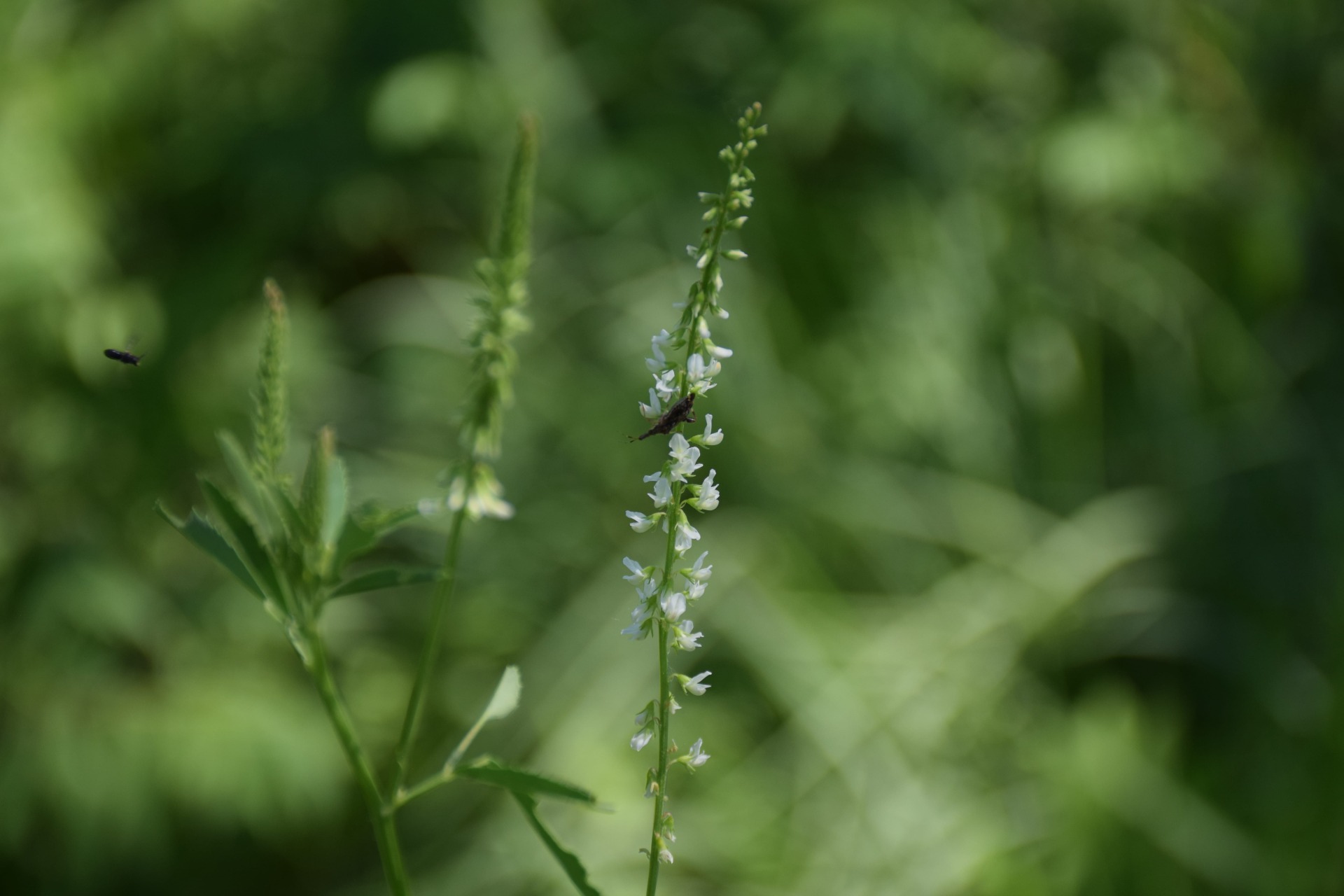
The tool I typically use is a souped-up weedeater sporting a three-pronged blade called a “grass knife.” The grass knife blade spins like sharp stubby helicopter blades, cutting through cellulose instead of air. The tool runs on a mix of gasoline and oil, or rather, it runs on the controlled combustion of those hydrocarbons. Inside the machine fuel is combined with oxygen and the mix is ignited by a sparkplug. The result is a series of explosions that drive a piston in the motor which turns the drive shaft and spins the blade. That’s how we typically fight sweetclover, with internal combustion.
But there are times when external combustion is our tool of choice.
Beneath the brushy tangle of sweetclover, shrubs, and vines lingers bunches of shaded gray-green grasses poking through tawny gold stems of their previous year’s growth. The clumps of grass are big bluestem and Indiangrass. They look like Troll doll hair pushing through a layer of scattered hay. That’ll work. I have a lit drip torch in my hand, a red steel container filled with a mix of diesel fuel and gasoline. I tip the torch forward and the fuel mixture travels through a thin metal tube. More silly straws. The drip-torch stem does a loop-de-loop, designed to create an air gap, before the fuel exits and drips onto a lit wick. From there, flaming liquid falls onto the old cured thatch of big bluestem. The grass ignites.
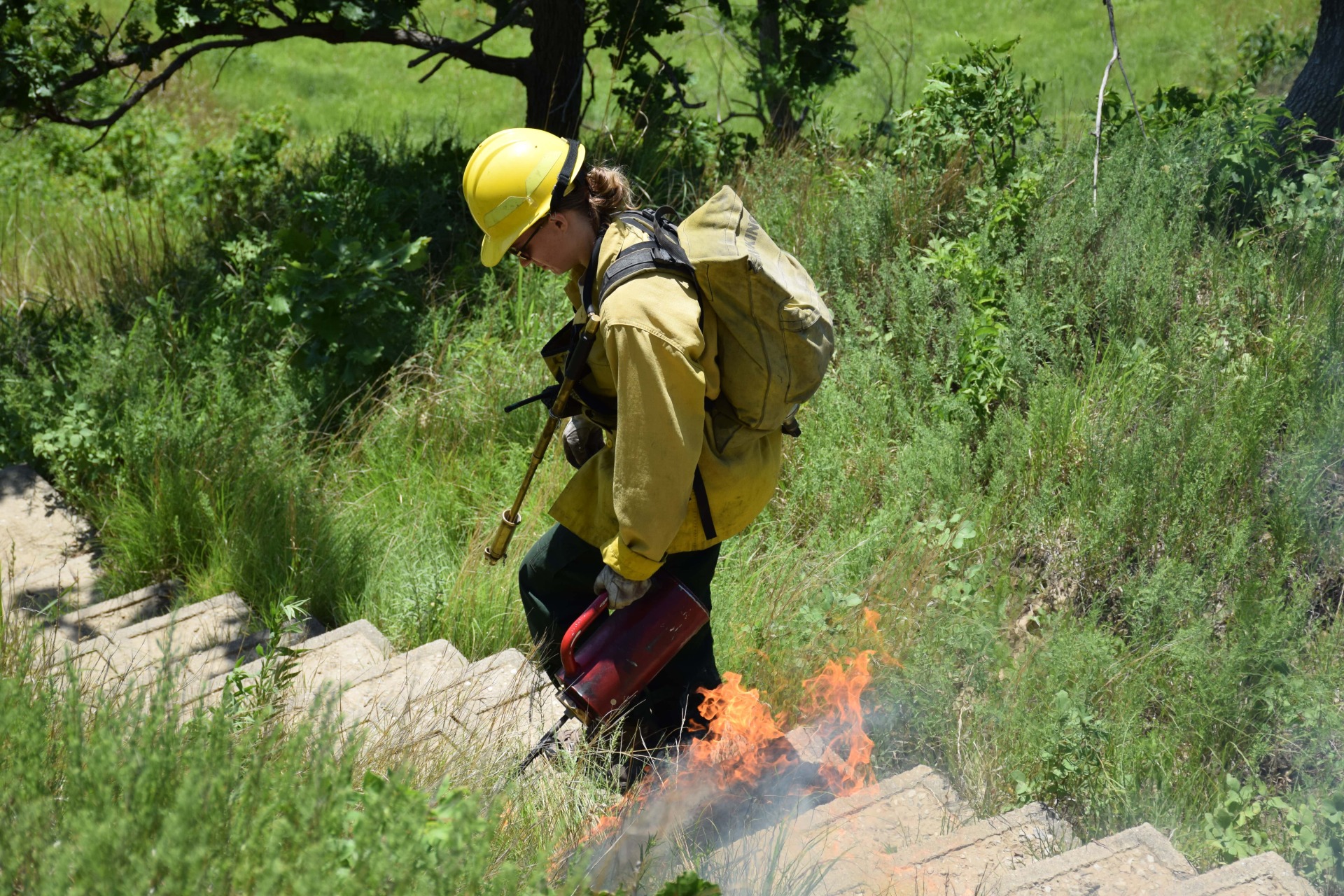
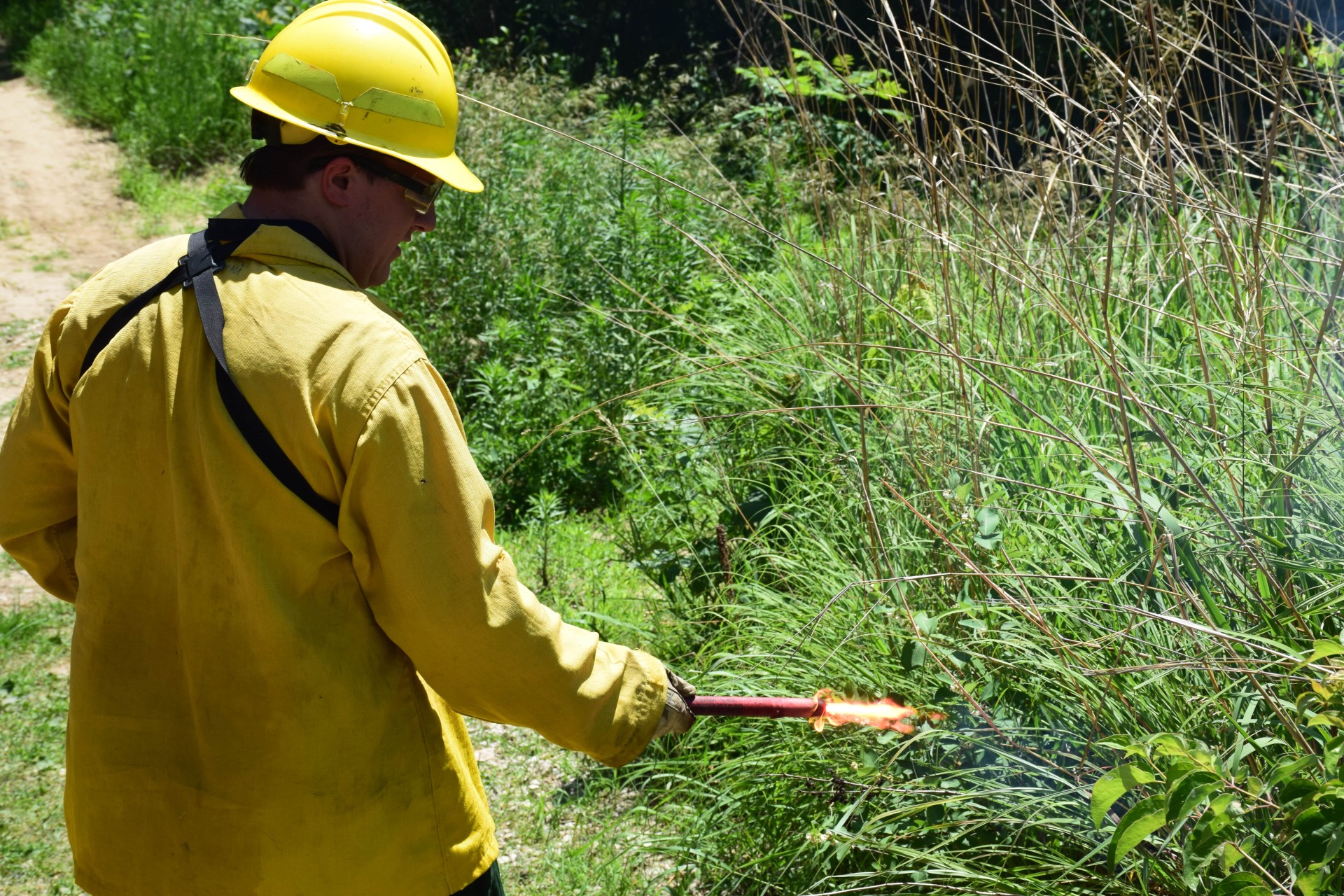
Grasslands need fire, especially here. It’s hard to imagine, but the woodlands in our region are almost entirely recent newcomers, younger than 150 years old. They’ve gained a foothold and washed over the prairie landscape much like the tide of white settlers that preceded them. Fire-starved and fragmented, what remains of our intact prairies are invaluable. They’re islands of biologically diverse plant and animal communities that have been shaped over thousands of years. We can’t risk them. Some of their inhabitants are stranded with nowhere to go. Unable to move elsewhere due to a lack of mobility or a need for specific resources that can only be found on their island, they languish and wait for a bridge.
I drag the torch, pouring flame along Heritage Trail. Dry grasses combust clean and complete. Wind and slope push the front along. Green plants boil and steam, smoking white. The fire consumes what it can, limited by fuel availability and moisture. Combustion withers the sweetclover, cutting it with red-orange blades. It top-kills the aggressive brush and vines, setting them back to their roots. It browns out the native grasses and wildflowers. It races uphill, fingers flanking together, becoming whole.
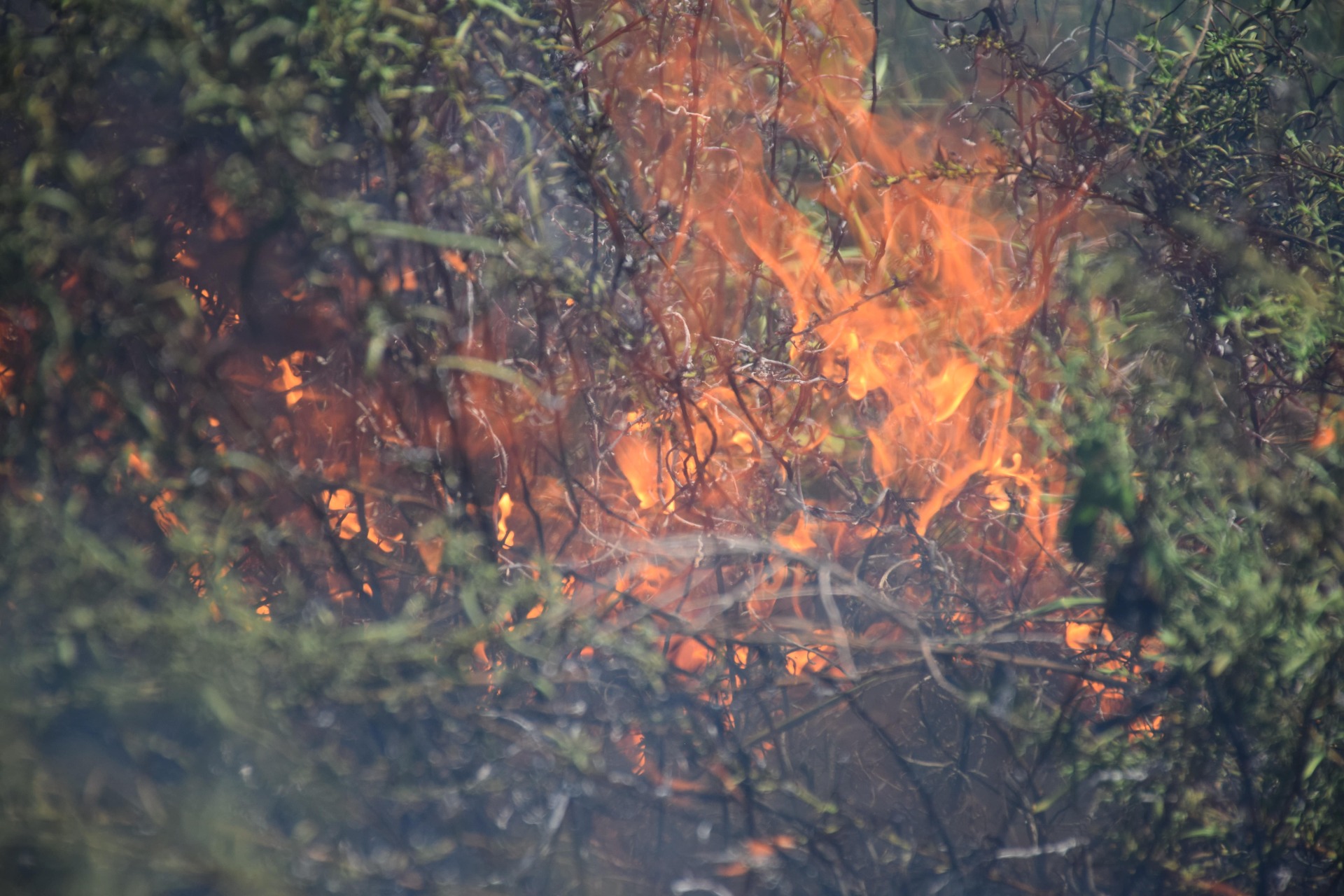
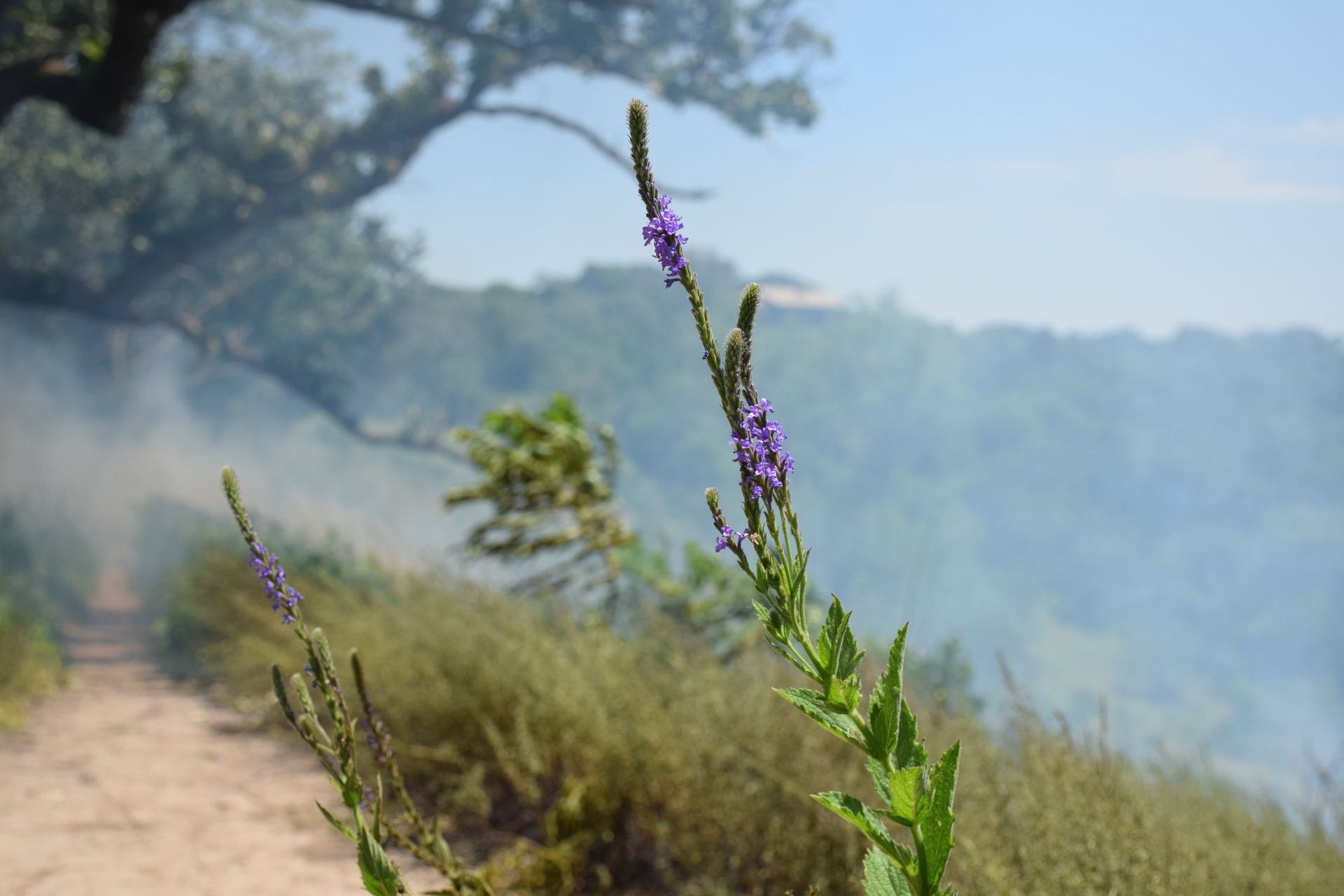
This spot, Bulldozed Valley, isn’t an irreplaceable island. It’s a bridge between them. The plant and animal communities here were literally bulldozed away in the 80’s, a gouge across the skin of the land. Steps have been taken to begin the healing process. It’s been sutured with prairie seed, but the community is incomplete and weak. Like an infected wound, invasive species such as sweetclover have moved in while woody plants push in along the edges. Brush and weeds threaten to close off the corridor. Our intent here is to cauterize the wound, make it whole, burn out the infection.
It sounds backward, but we’re literally burning bridges.